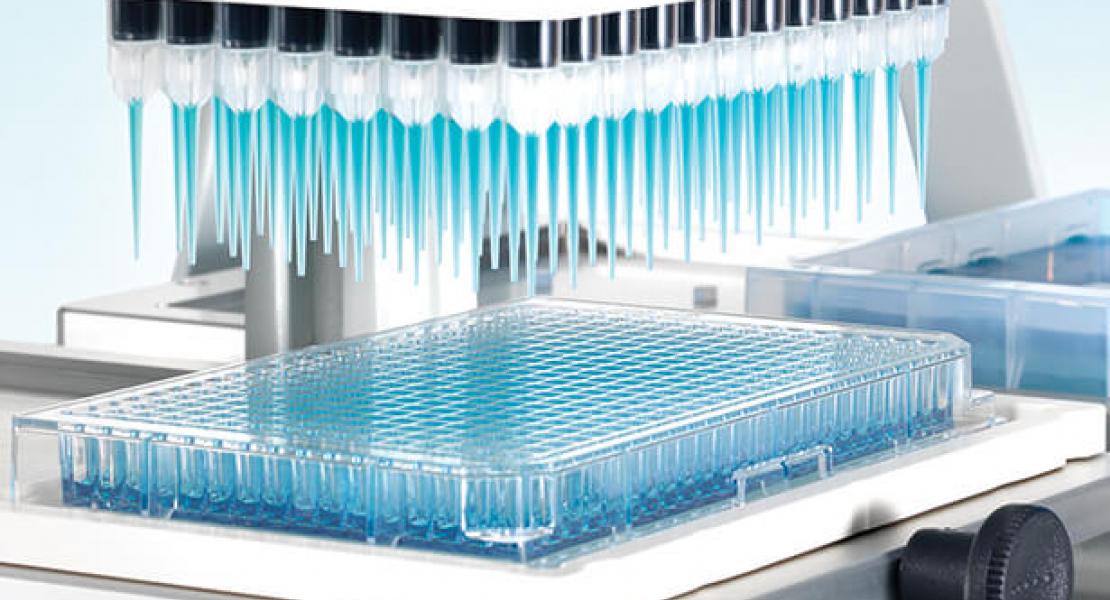CRISPR screens identify genomic ribonucleotides as a source of PARP-trapping lesions

Abstract
The observation that BRCA1- and BRCA2-deficient cells are sensitive to inhibitors of poly(ADP-ribose) polymerase (PARP) has spurred the development of cancer therapies that use these inhibitors to target deficiencies in homologous recombination1. The cytotoxicity of PARP inhibitors depends on PARP trapping, the formation of non-covalent protein-DNA adducts composed of inhibited PARP1 bound to DNA lesions of unclear origins1-4. To address the nature of such lesions and the cellular consequences of PARP trapping, we undertook three CRISPR (clustered regularly interspersed palindromic repeats) screens to identify genes and pathways that mediate cellular resistance to olaparib, a clinically approved PARP inhibitor1. Here we present a high-confidence set of 73 genes, which when mutated cause increased sensitivity to PARP inhibitors. In addition to an expected enrichment for genes related to homologous recombination, we discovered that mutations in all three genes encoding ribonuclease H2 sensitized cells to PARP inhibition. We establish that the underlying cause of the PARP-inhibitor hypersensitivity of cells deficient in ribonuclease H2 is impaired ribonucleotide excision repair5. Embedded ribonucleotides, which are abundant in the genome of cells deficient in ribonucleotide excision repair, are substrates for cleavage by topoisomerase 1, resulting in PARP-trapping lesions that impede DNA replication and endanger genome integrity. We conclude that genomic ribonucleotidesare a hitherto unappreciated source of PARP-trapping DNA lesions, and that the frequent deletion of RNASEH2B in metastatic prostate cancer and chronic lymphocytic leukaemia could provide an opportunity to exploit these findings therapeutically.
